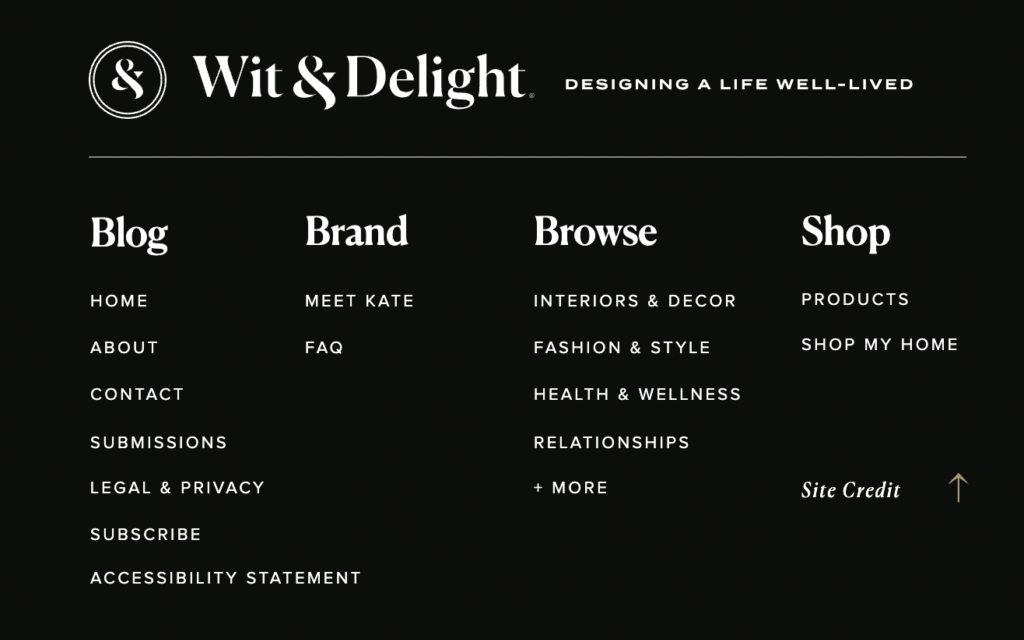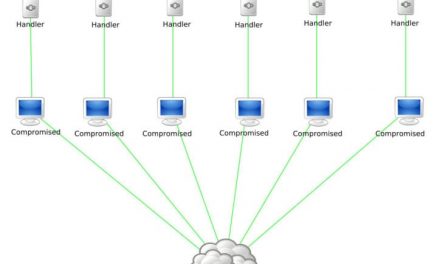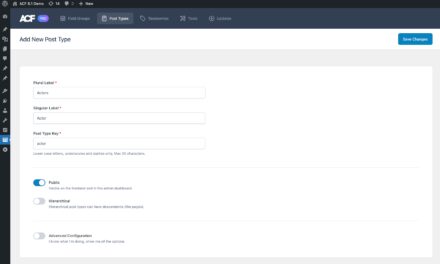While running your WordPress blog, you’ll likely collect some information from your online visitors. To maintain trust with your audience, it’s essential to disclose this in your privacy policy.
However, you may struggle to find a template that meets the specific needs of your website.
To solve this problem, you can use a privacy policy template. This document adheres to international privacy laws to avoid any liabilities. Additionally, you can customize this template to accurately reflect your data collection practices.
In this post, we’ll explain what a privacy policy is and the benefits of using one. Then, we’ll discuss why you should consider using a privacy policy template. Let’s get started!
What Is a Privacy Policy?
A privacy policy is a legal document that explains how your blog will collect, store, and use visitor data. Although they vary, privacy policies usually inform users about the privacy of their personal data on a website.
You can find most privacy policies in website footers. This placement enables first-time visitors to access this information easily:
A privacy policy will typically include a few key points:
- The user data collected (IP address, contact information, or profile information)
- How this data is collected
- Reasons why the data is collected
- How the data is used
For example, Wit & Delight explains that it collects and tracks statistics about its visitors. These metrics include details like web browsers and methods of finding the blog. The policy also reveals that its advertising partners may be able to track visited pages with cookies:
Ultimately, privacy policies aim to disclose hidden practices and let users consent to them. Like cookie notices, a privacy policy is essential to boosting the trustworthiness of your website.
The Benefits of Using a Privacy Policy in WordPress
The General Data Protection Regulation (GDPR) is European legislation that aims to give users more control over their data. Publishing a privacy policy can be an effective way to conform to this privacy law:
Even if you don’t live in Europe, you should still consider the GDPR. If your blog receives visitors from European countries, you must inform them about how you track their data. This can avoid any potential legal battles or penalties.
Plus, a privacy policy can help you build trust with your audience. Currently, many online users feel like they can’t protect their data. Visitors might feel more at ease when you’re more transparent about your data collection practices.
Privacy policies can also show that you value security. Once someone visits your blog, they will realize that you respect and protect their privacy. This might make them feel more comfortable and safe on your website.
Why You Should Avoid Using a Default Privacy Policy for Your Blog
Once you decide to create a privacy policy, you may be tempted to use a generic template. However, this likely won’t be an effective option for your blog.
As we discussed earlier, a privacy policy can include a wide variety of data collection information, which can vary between websites. When you use a default privacy policy, it may not address the specific needs of your site.
For example, you might use third-party apps like Google Analytics to track user data. A generic privacy policy may not cover specific information about Google’s data collection and storage practices.
Additionally, default privacy policies can prevent you from addressing your audience’s concerns. As a blog owner, you may have to include information about affiliate marketing. In this case, you’ll need to discuss how your advertising partners collect transactional data and how this will impact your visitors.
How to Create a Unique Privacy Policy
To start creating a privacy policy for your blog, you’ll need to find a customizable privacy policy template. For instance,















